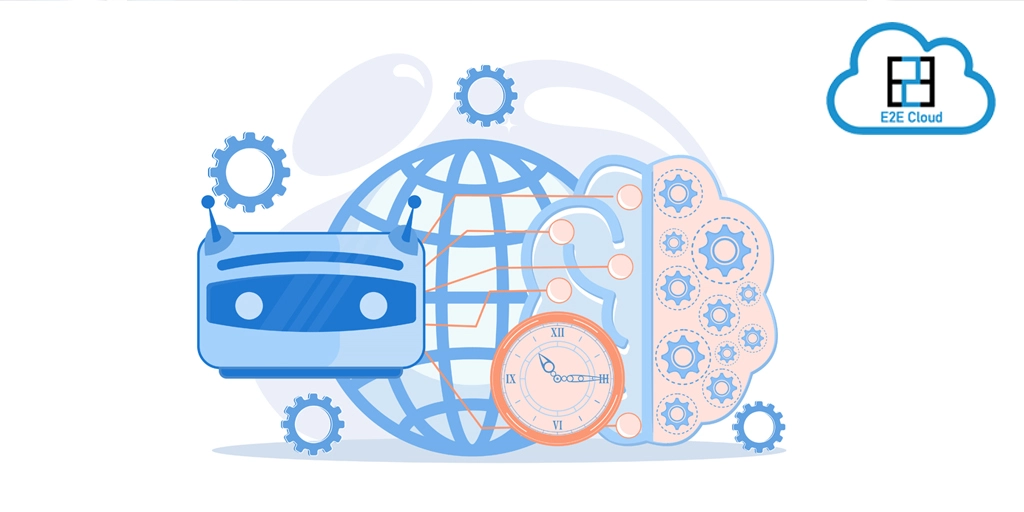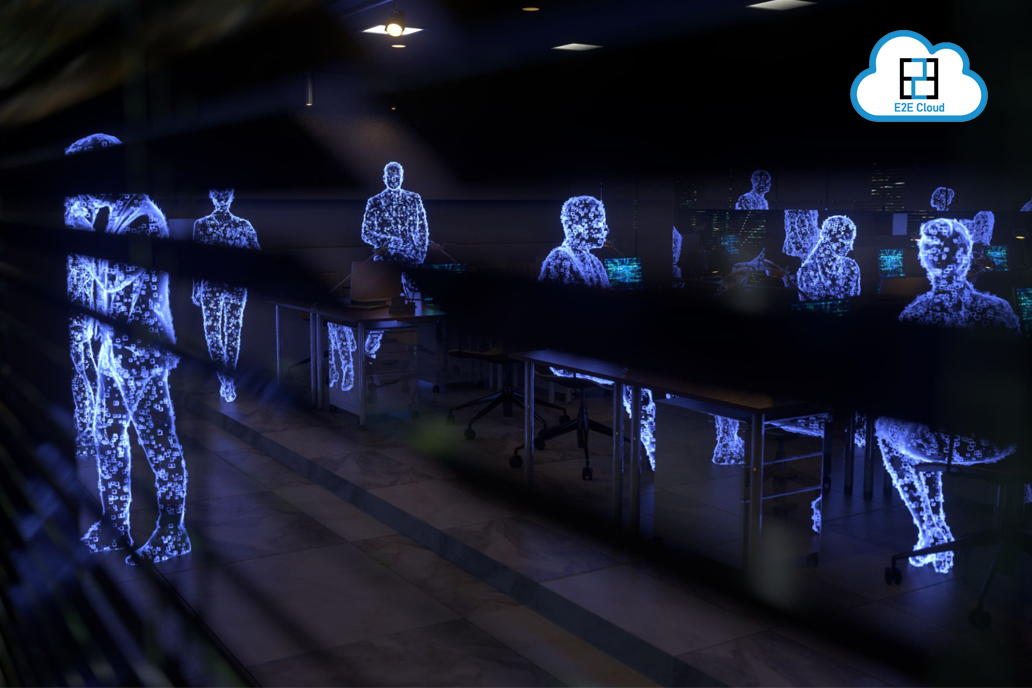Work-induced burnout is a common occurrence among software developers – including those working from home or remote locations. What are the reasons? There could be multiple reasons including long working hours, lack of work-life balance, or even lack of job recognition. With the gradual blurring of work-home boundaries, how can you, as a project manager, prevent burnout of your remote working developers? Let us look at five of the most effective
measures:
Keep your project deadlines realistic.
Most start-up development companies agree to tight project deadlines just to impress their clients and to ensure future business. Even if your team of remote developers have previously worked on tight project deadlines, setting unrealistic delivery dates can be stressful for most of them.
As a practice, discuss project schedules with your development team – and check if they are comfortable with the project timelines. As a manager, you can also check project estimates against similar projects that have been completed successfully.
Manage your developer’s workload.
Apart from setting feasible project deadlines, you also need to manage the overall workload of your remote-working developer. With software companies rushing to the work-from-home model, it is often common to see remote developers working for longer hours – primarily due to lack of effective time management skills. As an effective measure, assign a fixed working schedule – and discourage any communication outside the working hours (unless they are necessary). An additional measure is to encourage the use of cloud computing platforms that provide the necessary infrastructural support required for remote working. As a leading cloud solution provider, E2E Cloud enables you to set up your own cloud premise – that is easy to access and utilise for remote developers.
Encourage your developers to take a break from work.
Burnouts are often a result of employees not taking a break from their project schedule and neglecting their personal health and well-being. For effective results, allow ample relaxing time between projects where your remote developers can indulge in recreational activities – so that they come back refreshed for the next project. Even during working hours, you can encourage your remote workers to take short breaks from the computer and go for a short walk or meal. Encourage your developers to also take regular vacations each year to recharge their batteries and come back refreshed. This not only prevents burnouts – but can also improve their productivity. Additionally, you can team up with your HR to design employee wellness programs that can keep them in good mental health.
Connect with other employees.
Working from home can be quite isolating for employees accustomed to taking coffee breaks with office colleagues or engaging in some “watercooler” type of chats. Among the biggest challenges of remote work is the complete lack of face-to-face contact with others – and can lead to quick burnouts. To prevent burnout, encourage your remote developers to spend time with real people and have an active social life. Additionally, promote the use of video conferencing, online meetings, or instant messaging among your employees to maintain the “human connect.” At the same time, recent studies have shown that burnouts are high among developers who spend a significant portion of their working time in meetings. As a solution, be “mindful” of the time you spend in online meetings, as your human resources are much better off writing code than attending meetings.
Switch to cloud-powered solutions.
Cloud-based solutions are not only cost-effective and scalable – but also support your developers to work from any place where there is 24/7 Internet connection. Companies have also found that allowing remote work or providing work-from-home facility has also reduced their developer attrition. Adding to that, your developers can now reduce mental fatigue by staying with their families or close friends in a comfortable home environment in any place – without compromising on their working hours or productivity. With the availability of cloud-powered platforms, remote developers now have access to high-end computing resources from any personal device like a laptop or smartphone.
E2E Cloud offers advanced NVIDIA GPU technology on its own GPU cloud platform – that has become an asset for remote developers looking for high computing power. Conclusion Burnouts are a reality in today’s world, especially for remote-working developers who must work for long hours and lack any social or family support. These five practices are just a few things you can do to prevent burnouts or mental health issues. There are additional practices like recognising your developer’s work and maintaining work-life balance. With its cloud computing services, E2E Cloud is the right platform to facilitate remote work in your organisation. Want to explore the immense possibilities of witching to our cloud network?
.png)


.png)






